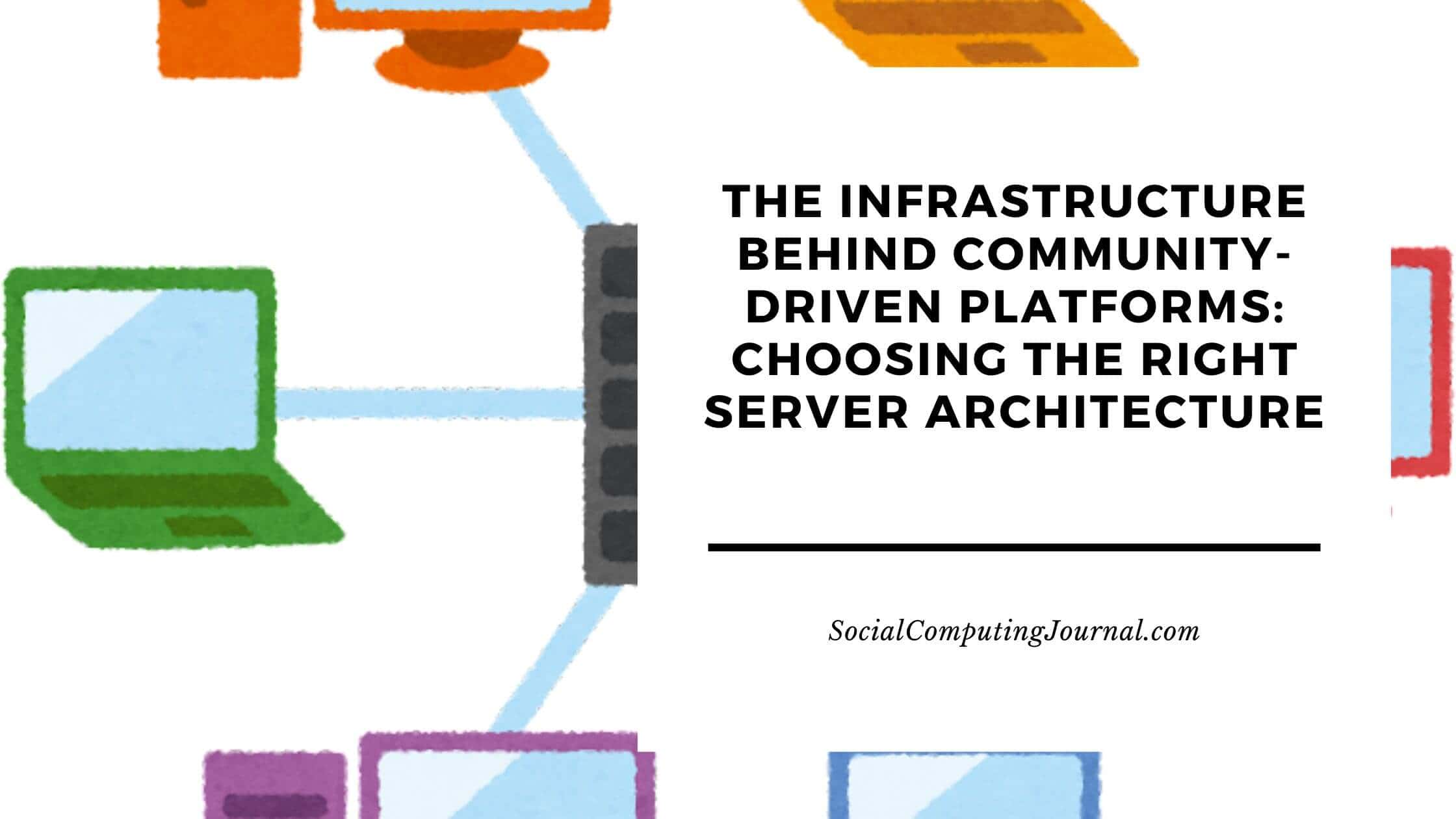The choice of the right server architecture is a basic decision for any company and should be made individually, depending on the requirements of each organization. Because of the rise of virtualization technology, cloud computing, and high-demanding workloads, it is crucial to understand how everything functions, so we will guide you through some fundamental aspects.
In the meantime, you can check Virtual Private Server linux or other hosting solutions that can suit your project.
Contents
Basic Components of the Server Architecture
Server architecture relates to the structure and design of the server system. To get maximum possible effects, businesses should clearly understand how everything functions in order to optimize performance characteristics.
There are different layers of the architecture. Here are the basic components:
- This layer includes such basic components as network infrastructure, CPU, storage device, and memory. Depending on the hardware used, it is possible to notice a significant difference in the server reliability and speed of functioning.
- Operating system. This layer functions as a communicator between software and hardware. Among the most popular ones, we can specify Unix-based, Linux, and Windows systems. OS manages all the available resources for the smooth functioning of the server.
- This layer is needed for the proper communication between the applications and the OS. Among the most used ones, we can specify such examples as messaging and database management systems.
- This layer delivers certain functionalities to the end clients. This relates to the database servers, web servers, and other options.
- This layer includes dedicated connections, Ethernet interfaces, or Wi-Fi.
- A security layer is necessary for the proper protection of the data on the server against various threats, such as data leakages and unauthorized access. Here, we are talking about such mechanisms of protection as anti-malware scanning, encryption, firewalls, and other options.
The Most Common Server Architectures
Single-server Architecture
This is the most basic approach, where one machine is needed for dealing with all the crucial functionality, such as response generation, processing requests, and working with dynamic/static content. Generally, it is considered to be the easiest available approach according to the setup and troubleshooting, but as with any architecture, there are some limitations. The major drawback relates to the scalability and higher frequency of downtime.
Load-balanced Architecture
Such architecture functions by connecting several servers to a load balancer, and it divides all the requests between these servers. This is an extremely reliable approach that gives higher availability to the system, improves performance characteristics, and excludes one point of failure. The major minuses of this architecture relate to the price range and its complexity.
Clustered Architecture
Here, in this type of architecture, the servers are united in clusters. Every cluster has its storage and load balancer. This is an even more flexible and scalable approach where it is possible to remove/add servers and optimize the system based on the current needs. As for some drawbacks, we can also specify some challenges connected with the synchronization and coordination process.
Microservices
In this type of architecture, the server system is composed of several services where each one has specific data, logic, and certain functionality. Microservices help with the improvement speed of deployment, development, and even maintenance. These loosely connected services offer more autonomy and modularity, which can be a huge advantage for lots of companies. As for some drawbacks, we can specify challenges connected with the security and management of all the processes.
How to Choose the Right Server Architecture?
To choose the right server architecture, it is crucial to consider the following factors:
- The complexity of the system. Depending on the current system, companies might need either a more complex architecture, such as microservices, or a more monolithic one.
- Determine which scalability level, performance characteristics, and security are needed for your project.
- Choose the complexity of the architecture based on the skills of the experts who are in your team.
- Start with prototyping first. Begin small and try to build a test version prior to the full implementation of the chosen architecture.
- Calculate not only initial investments, but also operational costs.
- Plan maintenance and monitoring strategies prior to the implementation of a certain architecture.
Summing up
Server architecture is an essential part of computing that impacts web hosting, storage of data, and much more. That’s why it is crucial to understand how everything functions and from which components server architecture consists, the types of available architecture, and some basic recommendations regarding the choice of the server architecture. By selecting the correct architecture, it is possible to improve the level of security, meet higher performance standards, and more.
This is a rather individual choice and should fully correlate with the requirements of certain organizations and companies. That’s why it is impossible to give one specific recommendation for all.







